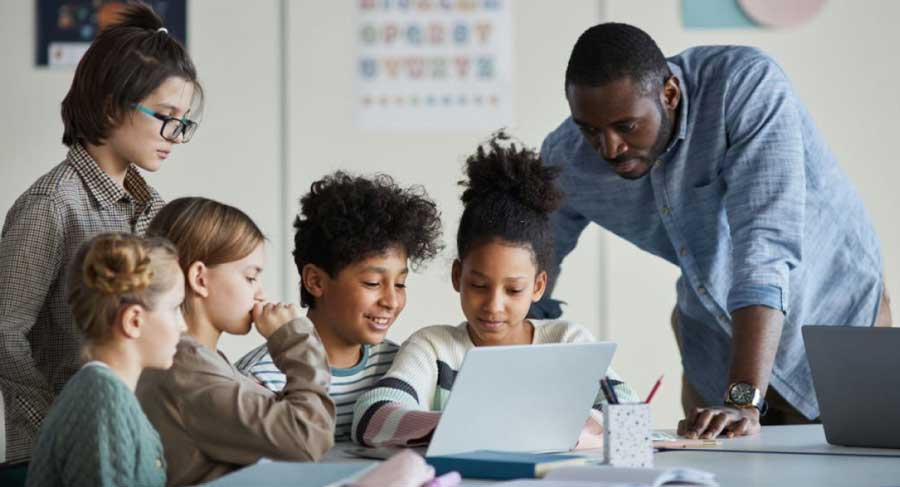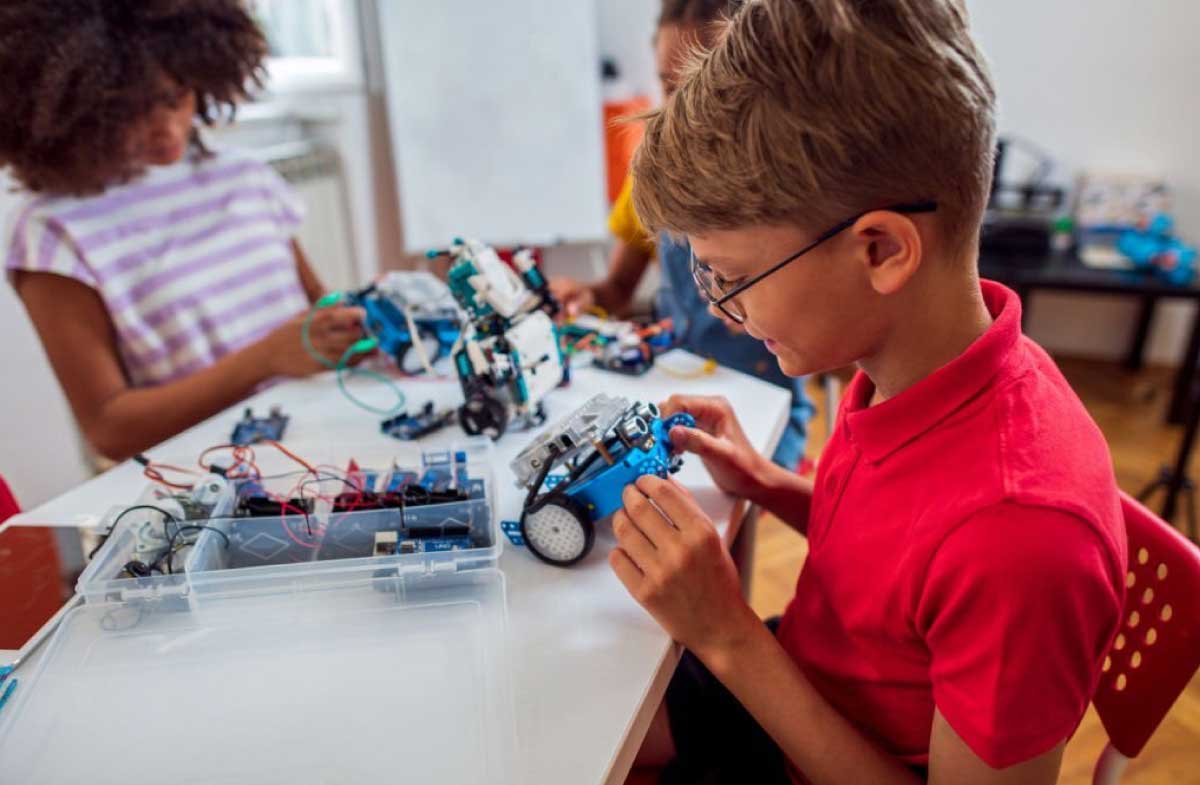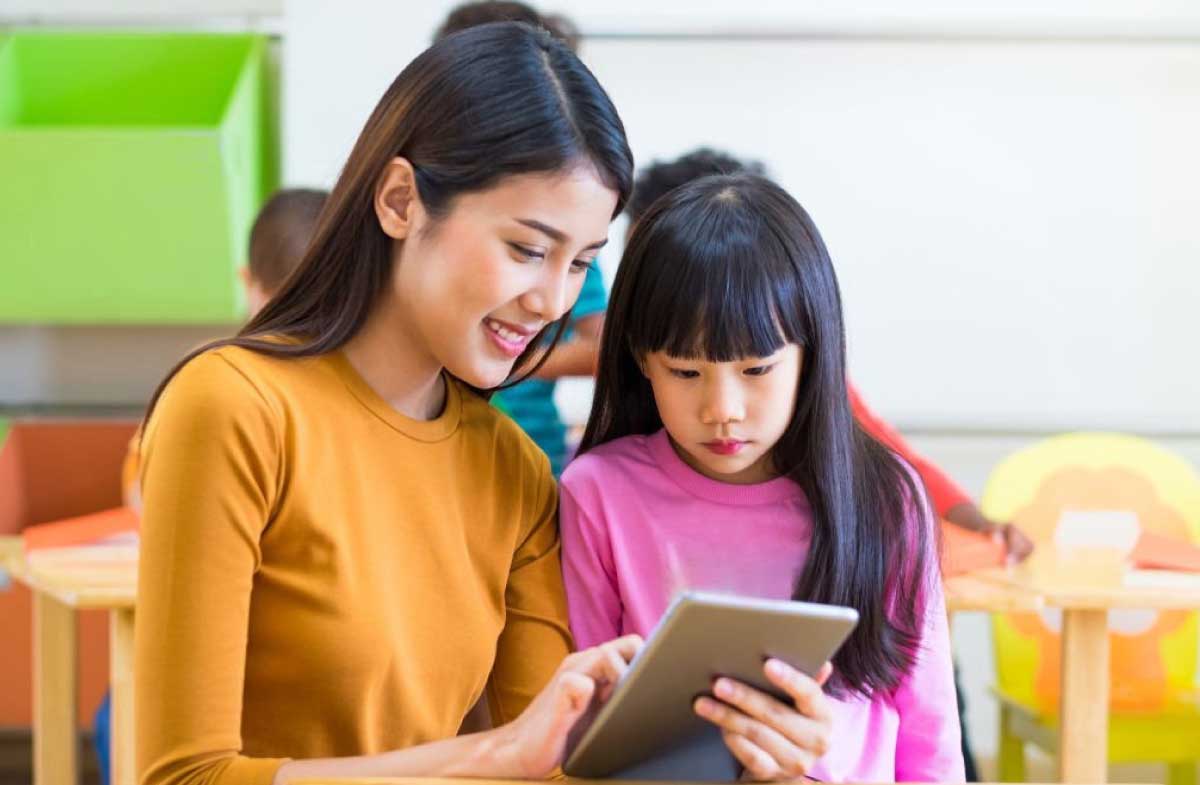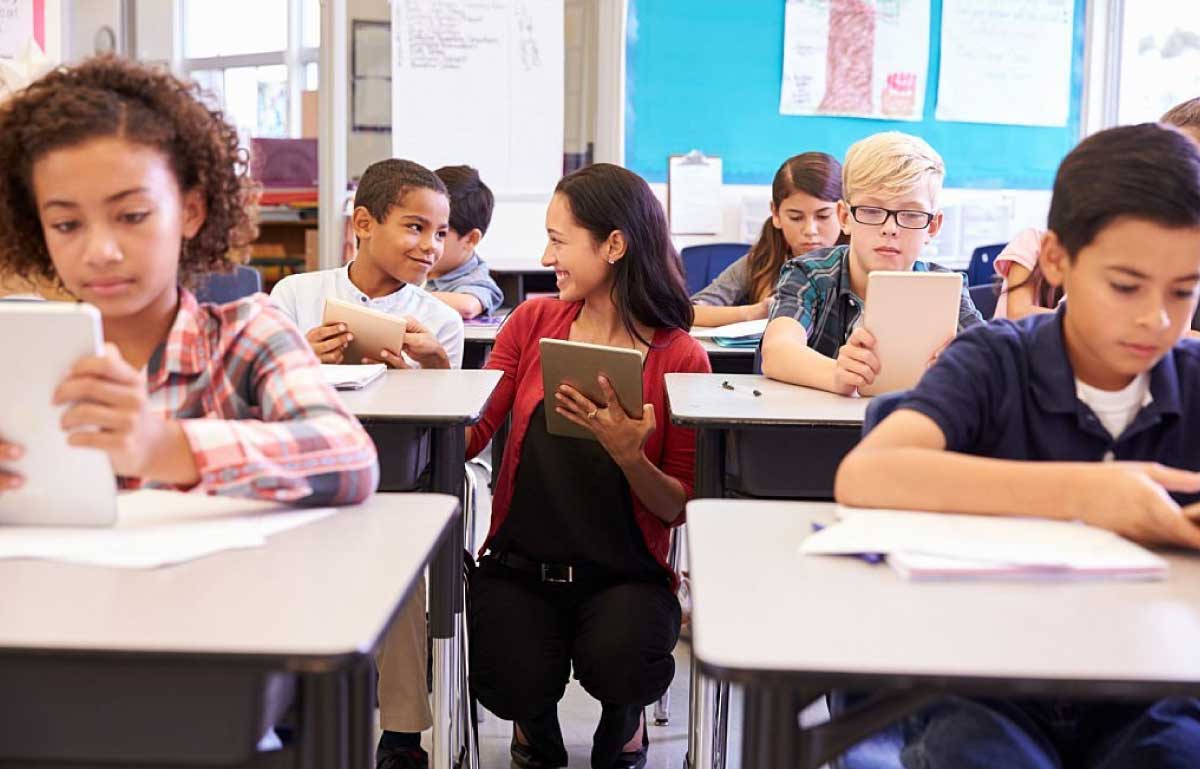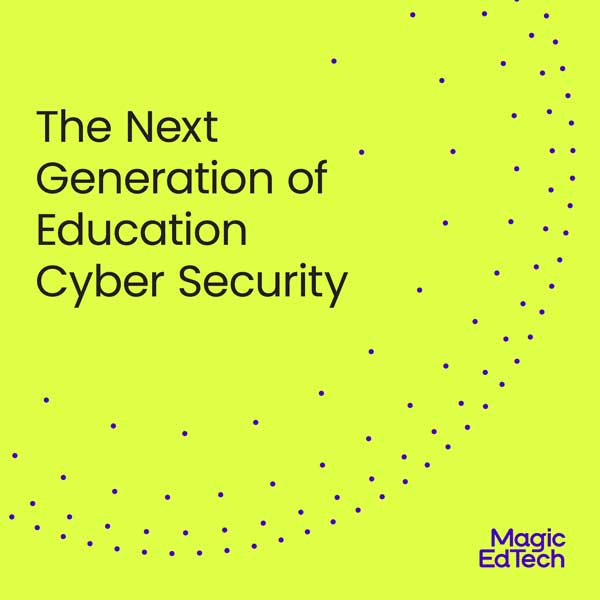Back to School for Leaders: How to prepare
- 29 June, 2022
- Reading Time: 3 minutes
Since 2020, we embraced the adoption of video conferencing tools, online learning management software, and other digital solutions to keep learning ongoing. Despite initial hurdles, K-12 and higher education leaders began to examine what has worked in a remote setting and make decisions to proactively shape the future. The abrupt move to virtual gave schools the chance to reap some surprising benefits of digital learning. It has demonstrated the need for investment in learning.
Just as there is no such thing as a one-size-fits-all approach to learning, it is clear that there is no one-size-fits-all approach to returning to school. Schools must evolve and don’t necessarily have to go back to how education was delivered before the pandemic.
The evolution of the classroom will vary by school, but the overarching goal remains the same: tech-enabled, blended and immersive learner experiences that integrate the online and in-person worlds.
As students go back to school in the fall, here are some of our key takeaways regarding how the classrooms are evolving to become more inclusive and flexible:
1. Developing a Student-Centric Classroom
Student-centric classrooms are all about engagement. Educators need to devise the best way to integrate technology into the daily classroom and personalize learning. Move away from lectures with students as passive listeners and move toward active participation in the lesson. Invest in instructional technology coaches who assist teachers in leveraging edtech solutions.
2. Implementing Immersive Learning
Students are eager to be back in the classroom after virtual learning. Schools and curriculum suppliers should work to make learning more immersive. The effectiveness of experiential learning led to the development of more options for gamified and virtual learning. This allows students to be immersed in the content and get hands-on learning so that they learn by doing.
3. Creating a Flexible Learning Environment
If the pandemic has taught us anything, it is that flexibility is critical. Regardless of whether learning takes place online or in-person, schools can create flexible learning environments that leverage a wide range of adaptable and innovative edtech tools. The classroom needs to be a place where students learn collaboratively, develop their critical thinking, and have the opportunity for sharing and learning from peers.
Seize the School Year
The immediate shift to a fully remote environment posed a challenge to the orthodoxy of education, as schools had to devise ways to deliver learning virtually and adapt quickly. The shifts experienced under emergency conditions have shown that many changes formerly thought of as “off-limits” in K-12 and higher education are advantageous and implementable in the long run. Schools have a unique opportunity to keep some of the beneficial practices and education systems introduced during the pandemic.
As classrooms continue to evolve, educators need to discover new ways to bring technology and classroom design together to create a stronger and more supportive learning environment. With all these arises the necessity for:
- robust technological ecosystems that can support a blend of digital and in-person learning,
- re-engineering learning content to augment in-person learning,
- changes in learning design to support accessible and equitable learning practices,
- testing learning platforms to ensure they support a large number of users without glitches,
- and analytics to measure learning efficacy.
Only through these will we be able to bring out the best of both worlds and facilitate high-quality learning and learner success.
What changes will you be incorporating this back-to-school season? Feel free to write to us with your thoughts and questions.

